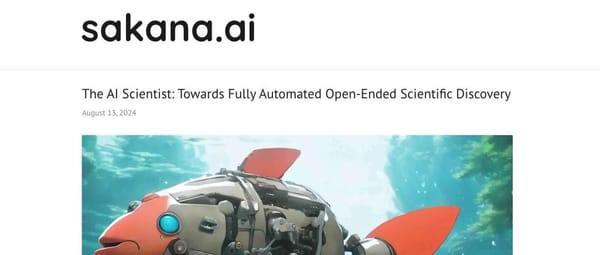Andrew Ng’s New Agentic AI Course: A Hands-On Guide to Building Agent Workflows — GPT-3.5 Easily Outperforms GPT-4
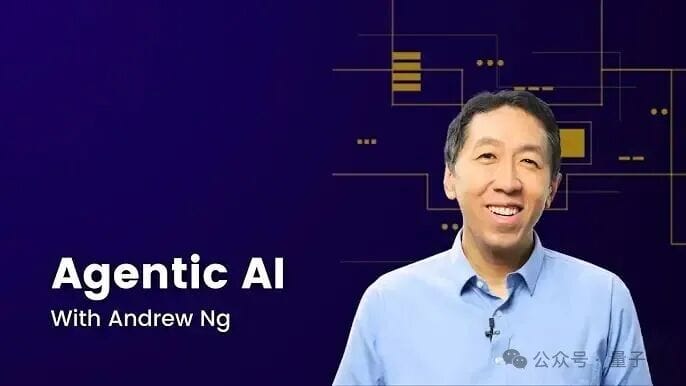
Andrew Ng’s New Course: Agentic AI
Andrew Ng has launched a new course focused on Agentic AI — a methodology for building multi-step, self-optimizing AI workflows.

---
Core Ideas
Andrew distills Agentic AI into four design patterns:
- Reflection
- Tool Use
- Planning
- Collaboration
For the first time, he emphasizes evaluation and error analysis as decisive in building intelligent agents:
> "Whoever can establish a systematic evaluation and error analysis process... will have a decisive lead in agent development."
---
Why GPT‑3.5 Can Beat GPT‑4 in This Workflow
Through Agentic techniques, GPT-3.5 is shown to outperform GPT-4 in certain coding tasks.
This is possible because Agentic AI:
- Breaks complex tasks into smaller subtasks
- Iterates with multi-round loops
- Uses tools to correct deviations
- Continuously optimizes
This process mirrors human problem-solving and outperforms traditional end-to-end agents.
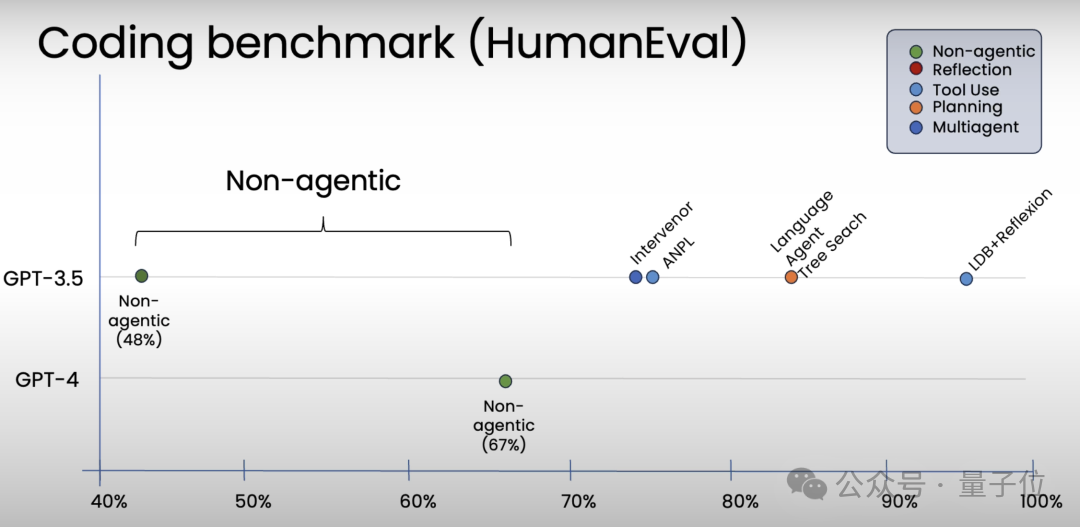
---
From Human Workflows to Agentic AI
Task decomposition is the foundation of agentic workflows.
Example: Writing an academic paper
- Plan an outline
- Gather references
- Draft
- Revise repeatedly
Similarly, Agentic AI:
- Decomposes tasks
- Executes each in steps
- Evaluates performance
- Optimizes iteratively
This “Decompose – Execute – Evaluate – Optimize” loop is the heart of Agentic AI.
---
The Four Design Patterns
1. Reflection
Concept: The model reviews its own output and improves it.
Example workflow:
- Generate code
- Run it
- Feed test results back into the model
- Refine the code
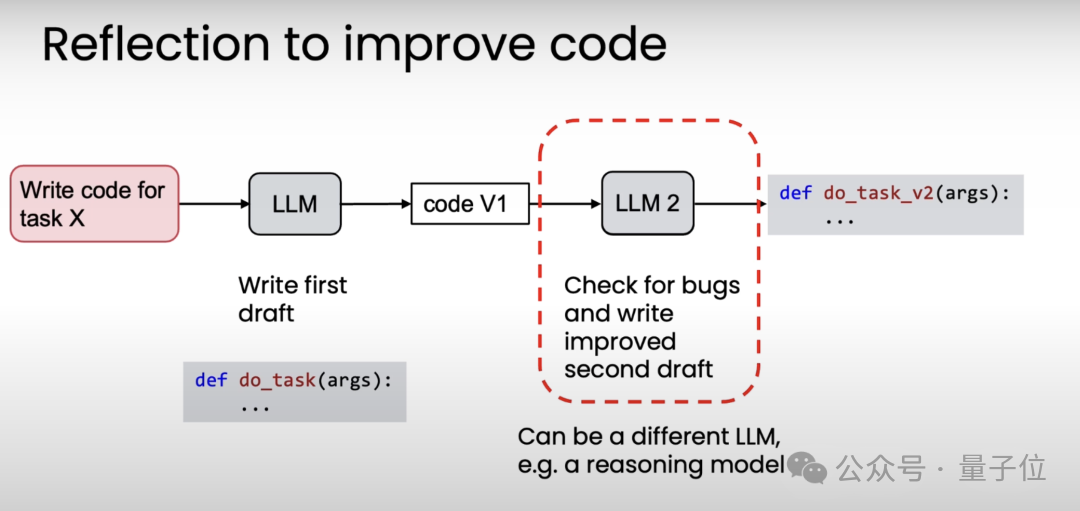
Ng’s Reflection Tips:
- Use two models to “spar” for better results.
- Experiment with reasoning vs. non-reasoning models.
- Use objective metrics (binary scoring, ratings) when intuition fails.
- External feedback (e.g., reference answers) can outperform self-reflection.
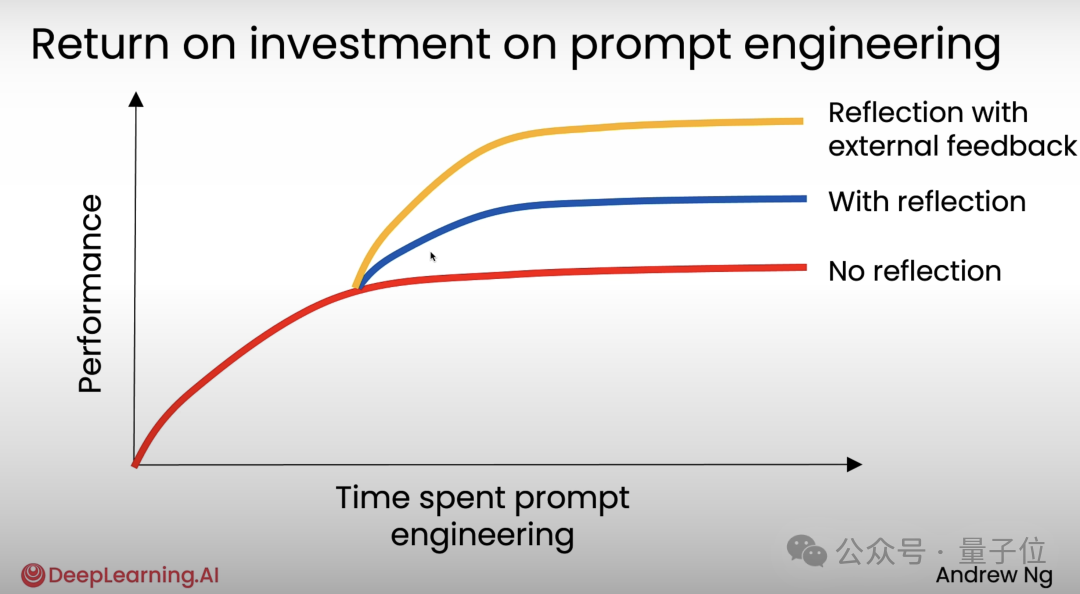
---
2. Tool Use
Traditional workflow: Developers manually integrate tools and handle calls.
Agentic approach: Models autonomously decide which tools to call — from web searches to sending emails.
Key Concepts:
- Pre-integrate tools
- Let the model decide tool usage based on requests
Example platforms:
- AiToEarn — open-source AI content monetization and multi-platform publishing
Ng’s Tool Use Insights:
- AISuite: Open-source Python library for autonomous tool calling
- Use sandbox environments (Docker, e2b) for safety
---
MCP (Model Context Protocol)
Problem: Developers reinvent interfaces for services (Slack, GitHub, etc.)
Solution: Anthropic’s MCP — a unified protocol, standardizing AI tool calls.
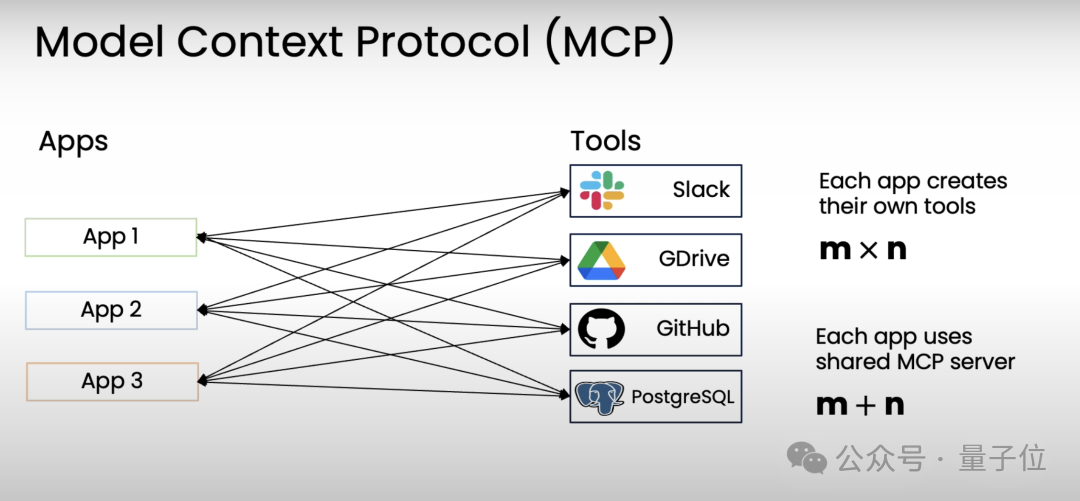
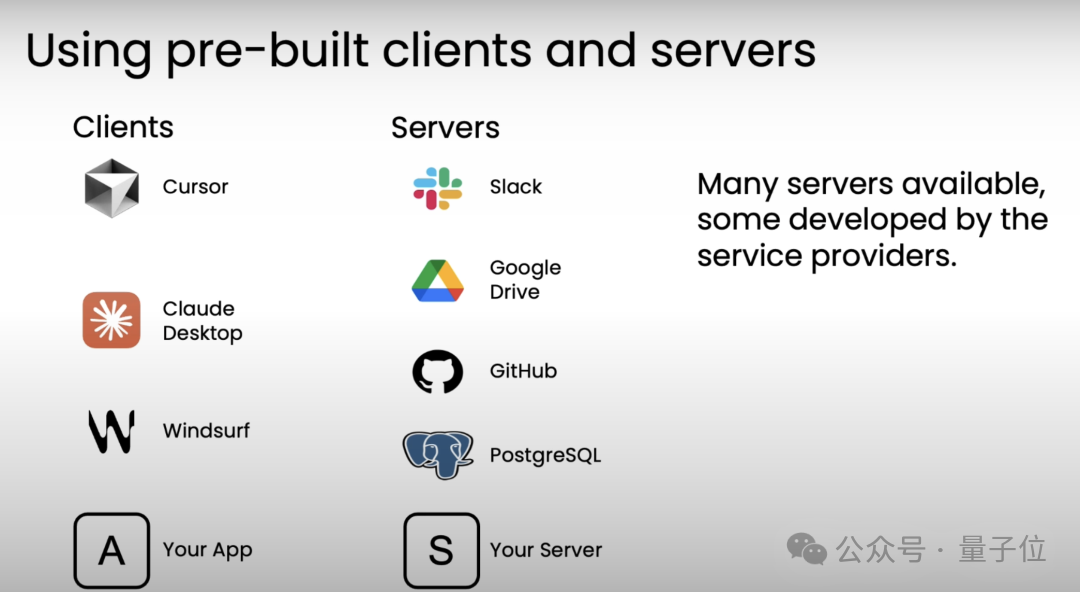
Benefits:
- Turns ad-hoc tool calling into client-server model
- Simplifies agent workflows
---
3. Planning
Goal: Adaptive execution order for tools, optimizing for cost & performance.
Tip: Transform execution steps into JSON or code for discrete, reproducible workflows.
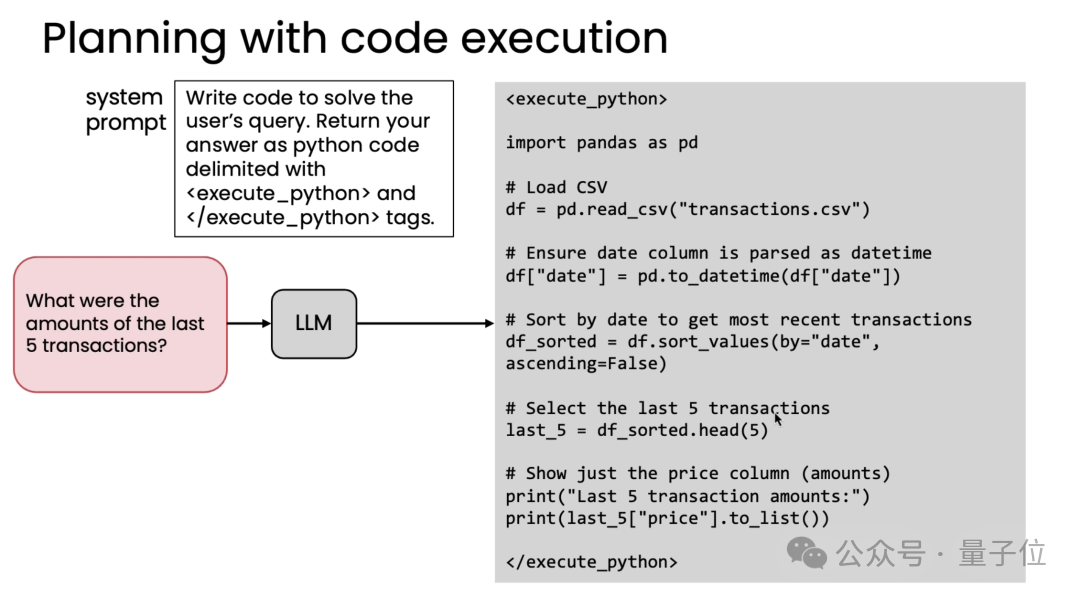
---
4. Multi-Agent Collaboration
Concept: Multiple agents, each with a specialty, cooperate to complete tasks — like a company with multiple departments.
Benefits:
- Component optimization without blocking others
- Nested agent calls
- Scalable and maintainable workflows

---
Additional Agentic Techniques
Ng likens agent construction to a reinforcement learning feedback loop:
- Build / Sampling — Implement workflow, collect outputs
- Evaluation / Analysis — Identify errors end-to-end or component-level
- Improvement — Optimize modules, prompts, or flow; repeat
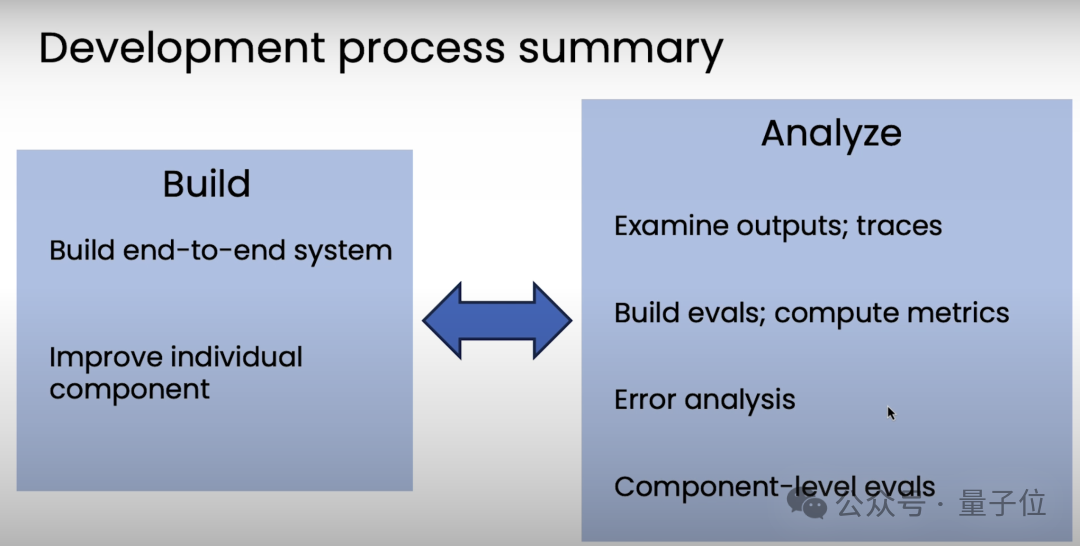
Error Analysis Tips:
- Trace intermediate outputs to locate failures
- Use LLM-assisted analysis for speed
- Optimize targeted steps (parameters, prompt refinement, module replacement)
---
Agentic vs Agent

Definition:
- Agentic describes the degree of autonomous capabilities — not a binary category.
Traditional Agents:
- End-to-end execution from prompt to single output
Agentic AI:
- Multi-step execution
- Step-level optimization
- Continuous improvement
Advantage: Every stage can be iterated and optimized.
---
Practical Applications
Platforms like AiToEarn embody agentic ideas:
- Multi-platform AI content publishing
- Cross-platform analytics and model ranking (AI模型排名)
- Workflow integration and monetization
Reference Links:
- https://x.com/AndrewYNg/status/1975614372799283423
- https://www.deeplearning.ai/courses/Agentic-ai/
---
By mastering reflection, tool use, planning, and collaboration, developers can build AI systems that:
- Break down complex tasks
- Execute methodically
- Optimize continuously
- Handle real-world variability
Agentic AI isn’t just theory — it’s a practical, iterative methodology for building efficient, reliable AI workflows.
---
Would you like me to also create a step-by-step “Agentic Workflow Quickstart” guide based on Ng’s course so the process can be applied immediately? That would make this rewrite even more actionable.




